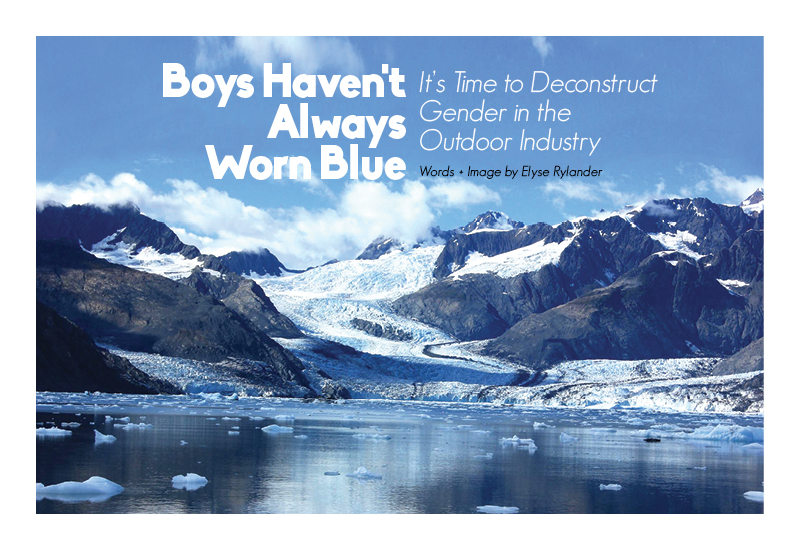“You will come to realize,” she said, “That origins are very rarely actually original.” I was sitting in one of my final Gender Studies classes as an undergrad when the professor opened with this sentiment, which has turned out to be one of the most sage pieces of advice I’ve ever received. In other words, 99% of the time, what we believe to be the first and implicitly the best, is actually an evolution of something that came before. Believe it or not, the idea of gender is one of these constructs that has undergone some fascinating evolutions.
Roughly until the 18th century, the common belief was that “men” and “women” were actually of the same sex, and the Greeks had some interesting thoughts on what happened if women jumped too hard. Well into the 20th century, major department stores across America told parents to dress their baby boys in pink. Feminist theorist Judith Butler takes ideas of gender as a social construction further in her notion of “performativity,” or rather that gender is more of a verb communicated through the clothes we choose to wear or how we cut our hair and walk through the world. Butler echoes my former professor’s idea about originality: “Gender is a kind of imitation for which there is no original… the act of elaborating itself is evidence that it is perpetually at risk… that it ‘knows’ its own possibility of becoming undone.”
In the outdoor industry, we see this careful dance of gender replicated over and over again. Even as we move away from the much-maligned “pink it and shrink it” model, many of us still desperately cling to certain ideas about who should enjoy what shade of blue versus purple. This desperation to categorize should prove how important it is to unpack our ideas about gender if we want to commit to finding equity, diversity and inclusion in the industry. If we refuse to examine our inherent ideas on gender, we will continue to push people like OUT There Adventures alum and chief ambassador Zander McRae to the margins.
Zander is one of most amazing young people I have ever met and in June, I helped get him to Australia for three weeks of sea kayaking with NOLS. We discovered that trying to outfit a small (but mighty!) trans guy in anything that wasn’t from a women’s line was almost impossible. “I’m so sorry, dude,” I texted one afternoon. “They don’t make a men’s shoe in a size 6. Can we look at the women’s line?” He responded, “I guess, so long as it doesn’t contribute to my gender dysphoria.” Zander has faced enough battles in his life and it unacceptable that the industry made him engage in another that should be completely avoidable.
Like we push the envelope with the fabrics, materials and designs of our gear to help us perform better, we need to push ourselves to come up with new marketing strategies to provide entry points into our industry that are more reflective of the changing demographics of the global population. Just as we push ourselves to learn new skills and condition our bodies to meet the demanding requirements of harsh environments, we need to learn about cross-cultural communication, how to check our privilege and become more humble. We need to condition our minds to keep up with a world that is dismantling archaic notions of gender, race, class and ability. The history of the outdoor industry is full of people who lived on the margins and did what many thought was impossible. Reaching true equity may seem like one of these impossible tasks, but there is no community better situated to turn the impossible into a reality.
Image by David Sokoler.
xx Elyse Rylander
This article was originally published in RANGE Magazine Issue Eight.
